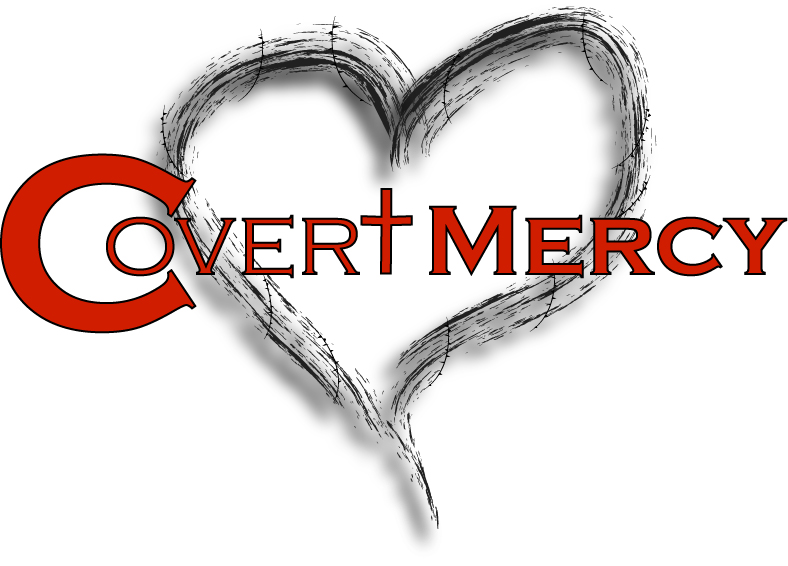Simple Tools You Can Use to Lower Stress and Anxiety
By: John Thurman, M.Div., M.A., LPCC
Want to slow those racing thoughts down?
Are you ready to learn the simple tools you can use to lower stress and anxiety?
Are you aware you can overcome fear and anxiety with your thoughts?
That’s right, even though we tend to think a lot about the wrong things.
The Truth About How Many Thoughts You Have A Day
Humans average around 6,200 thoughts a day, and they tend to be on the negative side for most of us. No wonder you and I seem to be in a constant state of dealing with “thought worms.”[i] Two researchers from Queen’s University, UK released these exciting findings in the summer of 2020 after developing a way to track how we think.[ii]
I don’t know about you, but I find that my most consistent battle, in all my years on this earth, is with my mind. Negative self-talk, distorted thinking, self-blame, being content to be a victim, rehearsing hurts, and being overwhelmed by fear, doubt, and anxiety—things we all must deal with individually.
You know what I am talking about, don’t you?
Take a moment to read this segment from Dr. Jud Brewer, author of Unwinding Anxiety, “I think of anxiety as a feeling in the body and worrying is a mental behavior. So those two are very, very closely linked. Whereas fear is fear, fear is different. So that feeling of nervousness, that feeling of unease can lead to the mental behavior of worrying, which then feeds back and drives more anxiety. That’s how these two can get connected in a loop. To form any habit you need three elements, a trigger, a behavior, and a result.” Think about that for a moment, I think he clearly summarizes the thinking process.
How these Simple Tools Can Lower Your Stress and Anxiety
The rest of this article will introduce you to a couple of key ideas about lowering stress anxiety.
Over the past couple of weeks, I’ve penned three short articles to help you manage your thoughts more successfully, 3 Ways to Overcome the Dragons of Fear and Anxiety, Simple Tools You Can Use to Lower Stress and Anxiety, then How To Destroy Your 3 Most Formidable Fears. And now this one.
Today, I want to give you one practical hack you can use to keep fear, anxiety, and self-doubt at bay.
How many times have you heard some well-meaning person glibly say, “Oh, fear? That’s ‘False Evidence Appearing Real,’ isn’t it?” Or maybe your coworker says something like when it comes to fear, he chooses to Forget Everything And Run. The reason these two sayings are so famous is that they are real, right?
The problem is, if you and I decide to accept these two definitions, we are doomed to be a prisoner to fear.
Again, the most current research tells us we have 6,200 thoughts a day. Other research indicates that up to 80% of those thoughts may be damaging.
This can be overwhelming, can’t it?
As a Christ-follower, work-life coach, and therapist, I show people how to manage their thought life to have a more resilient and meaningful life. And while the Scriptures tell us to think about good things;
“Keep your thoughts continually fixed on all that is authentic and real, honorable and admirable, beautiful and respectful, pure and holy, merciful and kind. And fasten your thoughts on every glorious work of God, praising him always.” Philippians 4:8 TPT
Many of us struggle to practice
this famous passage.
Check Out This Life-Changing Tool
Here is where I offer help as a Work-Life Consultant. I help you take these biblical principles and make them work for you.
As we look at ways to slow down fear (and its cousin, anxiety), I’d like to give you a refreshing acronym.
F – face
E – everything
A – and
R – rise
You must first face the cold hard reality that sometimes you allow negative thoughts to dictate how you feel and act. Ephesians, the ancient New Testament book, encourages us to be careful how we live (think). Don’t be like fools but like those who are wise (Ephesians 5:15).
As I mentioned in the opening, the average person has 6,200 thoughts a day, most of which can be damaging.
So, now that we recognize the need to shift our focus from running from or dining on the negative thoughts, I will show you a way to think your way to a better place.
I call it the ATC’s, an adaptation of Albert Ellis and Marty Seligman’s Cognitive-Behavioral Model. Here is a link to a little video I did last March, Brain Tricks, it reviews this Method.
A – is an Activating Event, a trigger you and I rarely have any control over yet becomes a driver behind our thoughts, producing either productive or counterproductive emotions.
T – is the “in the heat of the moment” Thought(s), what you say to yourself. Here are a few familiar ones: “Why can’t I get anything right?” “Why even put out the effort when it doesn’t matter anyway?” “My friends are ghosting me. They must think I am some kind of screw-up!” “I may look good, but inside I am a loser!”
C – The Consequence, or immediate reaction to the Activating Event or trigger, starts as a feeling immediately followed by some emotional impact.
Here are a couple of examples:
- Anger → Anxiety/Agitation
- Appreciation → Gratitude and giving back
I’ve made a video called Brain Tricks just for you. This video will review the A-T-C process and give you tools to help you manage your thoughts and become more resilient in your personal life, relationships, and business endeavors.
DID YOU FIND THIS HELPFUL? Would love to hear your comments. Leave them below.
Feel free to contact me directly if you have any questions. john@johnthurman.info or call me 505-343-2011
[i] Anne Craig, 7/13/2020 https://www.queensu.ca/gazette/stories/discovery-thought-worms-opens-window-mind
[ii] Julie Tseng & Jordan Poppenk 7/13/2020 https://www.nature.com/articles/s41467-020-17255-9

